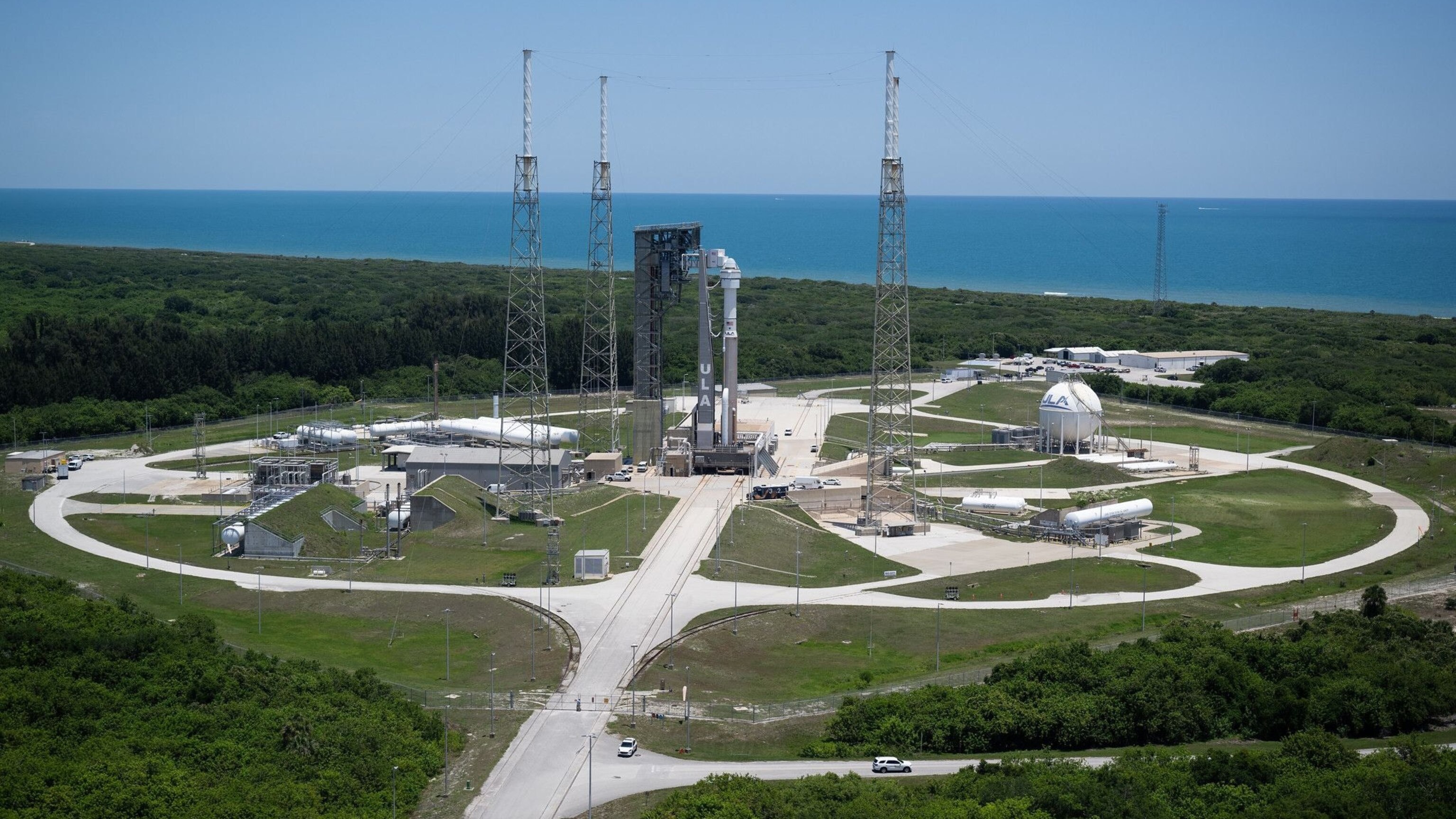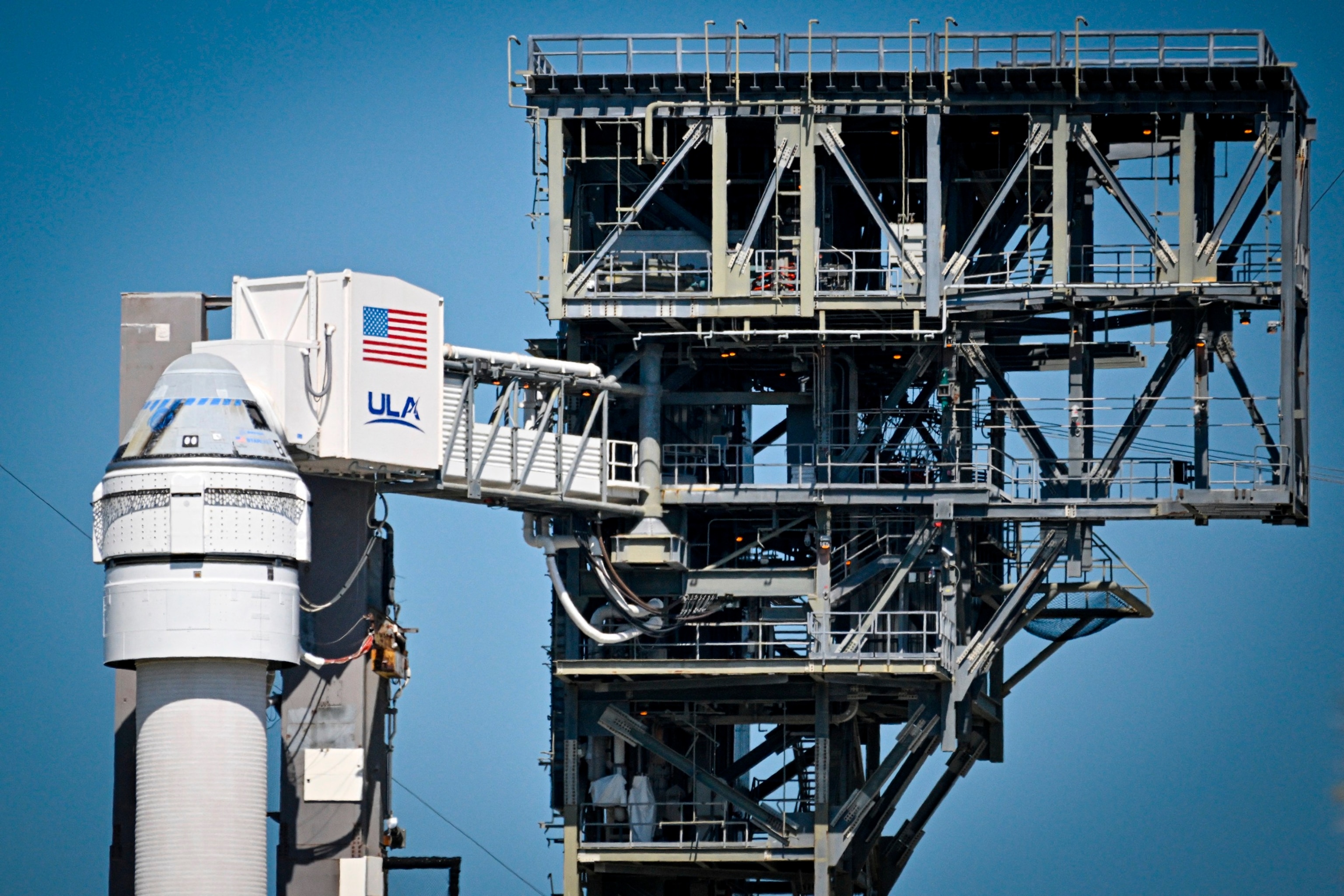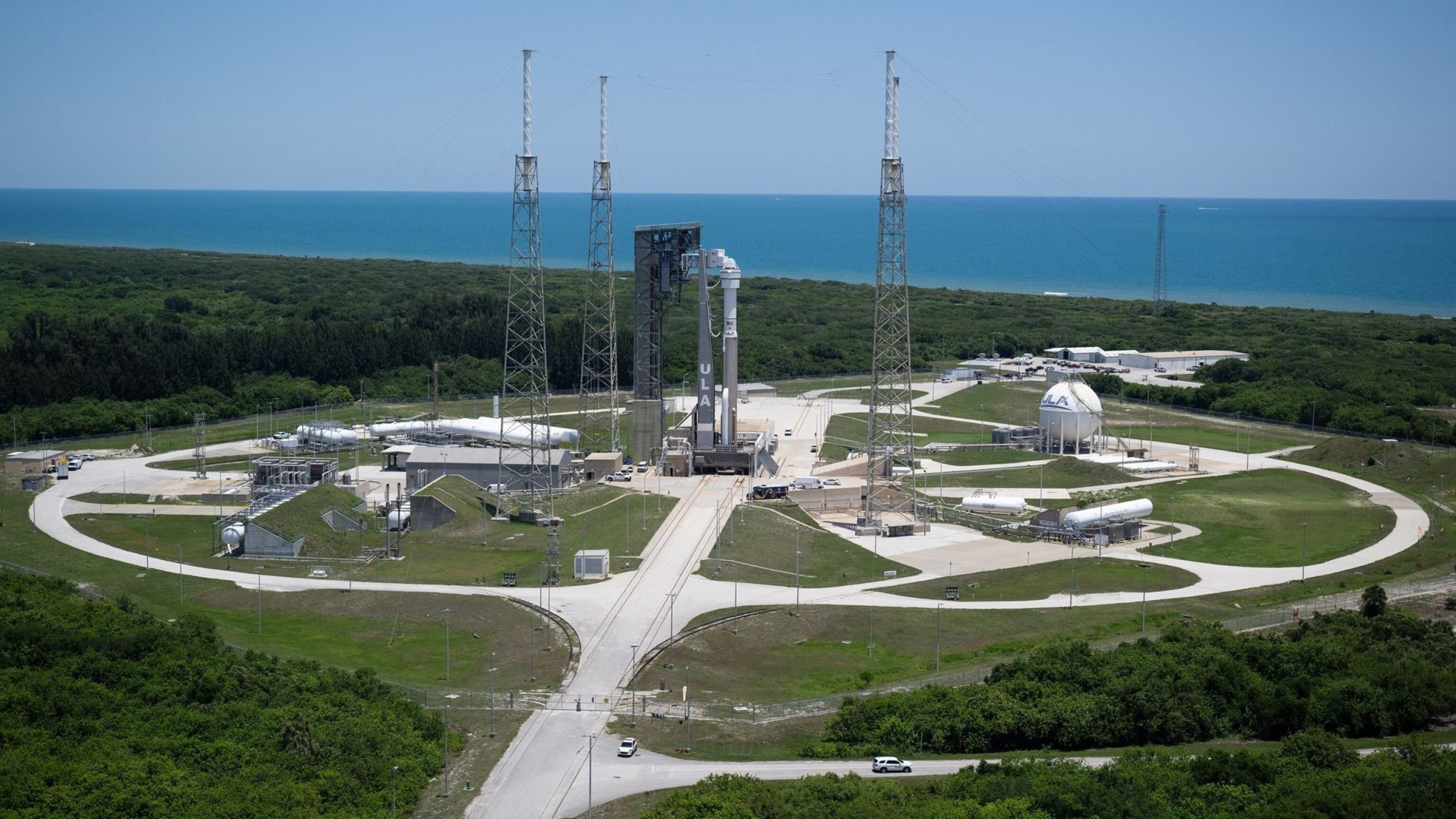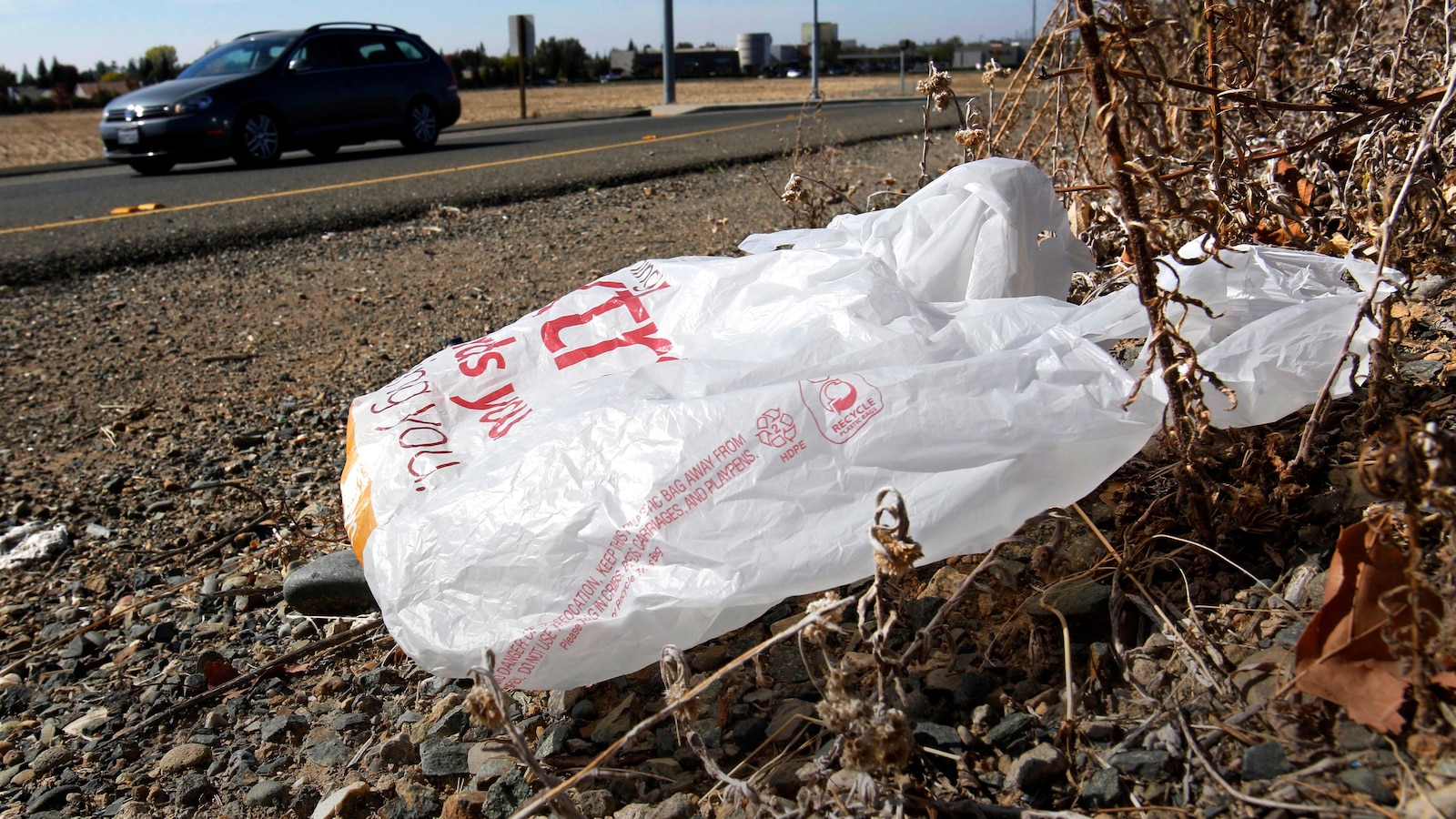NASA again delayed its first astronaut-crewed flight into space on Boeing’s Starliner, scrubbing Saturday afternoon’s launch just minutes before it was due to begin.
The space agency said “a hold was issued by the ground launch sequencer.”

A handout photo made available by NASA shows a United Launch Alliance Atlas V rocket with Boeing’s CST-100 Starliner spacecraft aboard after being rolled out of the Vertical Integration Facility to the launch pad at Space Launch Complex 41, ahead of the NASA’s Boeing Crew Flight Test at Cape Canaveral Space Force Station in Florida, on May 30, 2024.
Joel Kowsky/EPA via Shutterstock
The Starliner was set to launch from the Cape Canaveral Space Force Station in Florida to take an approximately 24-hour journey to the International Space Station.
The spacecraft can carry seven people, but this test drive will only have two NASA astronauts: Barry Wilmore, 61, and Sunita Williams, 58.

The United Launch Alliance (ULA) Atlas V rocket with Boeing’s CST-100 Starliner spacecraft sits to Space Launch Complex 41 at Cape Canaveral Space Force Station Kennedy Space Center in Florida, on May 31, 2024.
Miguel J. Rodriguez Carrillo/AFP via Getty Images
Williams and Wilmore are expected to spend one week aboard the ISS and will be evaluating the spacecraft and its systems.
Upon re-entry, the Starliner will deploy parachutes and an airbag system, landing the astronauts in the western U.S.
If the mission is successful, NASA could certify the Starliner to perform routine missions to and from the ISS. NASA has primarily been using SpaceX’s Dragon spacecraft to transport crew and cargo to the ISS.
Trending Reader Picks
The missions are part of NASA’s larger Commercial Crew Program, which uses American rockets and spacecraft to send astronauts and cargo to the ISS with the hope of helping NASA prepare for the upcoming missions to the moon and Mars.
Saturday was just the latest Starliner launch to get delayed.
The launch was tentatively scheduled for May 6, but was scrubbed after a problem with an oxygen valve on a rocket from United Launch Alliance, which manufactures and operates the rockets that launch spacecraft into orbit. A new date was set for May 25, but a small helium leak was discovered in the service module, which contains support systems and instruments for operating a spacecraft.
NASA’s highly anticipated first astronaut-crewed flight on Boeing’s Starliner spacecraft has been delayed once again, marking another setback in the company’s efforts to launch crewed missions to the International Space Station (ISS). Originally scheduled for late 2020, the mission has faced several delays due to technical issues and the ongoing COVID-19 pandemic.
Boeing’s Starliner spacecraft is part of NASA’s Commercial Crew Program, which aims to provide safe and reliable transportation to and from the ISS. The program is a partnership between NASA and private aerospace companies, including Boeing and SpaceX, to develop new spacecraft capable of carrying astronauts to the ISS.
The latest delay in Boeing’s Starliner mission comes after a series of setbacks, including a failed test flight in December 2019. During that test flight, the Starliner spacecraft experienced a software glitch that prevented it from docking with the ISS, forcing it to return to Earth prematurely.
In response to the failed test flight, NASA and Boeing conducted a joint investigation to identify the root cause of the software glitch and implement corrective actions. Despite these efforts, further technical issues have continued to plague the Starliner spacecraft, leading to additional delays in the astronaut-crewed mission.
The most recent delay in Boeing’s Starliner mission was announced by NASA in a press release, citing ongoing software testing and hardware integration issues as the primary reasons for the delay. The agency did not provide a new target launch date for the mission but stated that it would continue to work closely with Boeing to address the technical challenges and ensure the safety of the astronauts onboard.
While delays are not uncommon in the aerospace industry, the repeated setbacks in Boeing’s Starliner program have raised concerns about the company’s ability to deliver on its commitments to NASA. The Commercial Crew Program was established to reduce reliance on Russian Soyuz spacecraft for transporting astronauts to the ISS and ensure a sustainable presence in space for the United States.
Despite the challenges facing Boeing’s Starliner program, NASA remains committed to working with the company to resolve the technical issues and move forward with crewed missions to the ISS. The agency has expressed confidence in Boeing’s ability to address the challenges and deliver a safe and successful mission in the near future.
In the meantime, NASA will continue to rely on SpaceX’s Crew Dragon spacecraft for crewed missions to the ISS. SpaceX successfully completed its first crewed mission in May 2020, marking a significant milestone in NASA’s efforts to restore human spaceflight capabilities from U.S. soil.
As Boeing works to overcome the technical hurdles facing its Starliner program, all eyes will be on the company as it strives to demonstrate its readiness for crewed missions to the ISS. The success of Boeing’s Starliner spacecraft will be critical in ensuring a reliable and sustainable transportation system for astronauts traveling to and from the ISS in the years to come.



